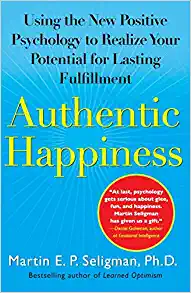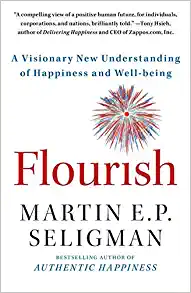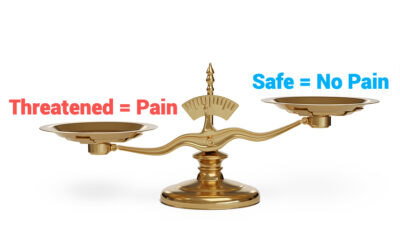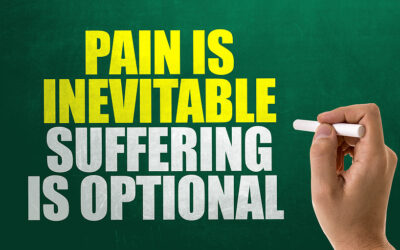Healing happens not only physically but is also influenced by your psychological state. While suffering from various injuries and surgeries I found the teachings of Positive Psychology helpful to my recovery. How we think about our situation and what we say to ourselves has a great impact on our mood, outlook and physical healing.
As humans we have a tendency to focus on the negatives in life which leads us towards anxiety and depression. This predisposition developed due to the evolutionary necessity of survival. Today, we are not physically fighting against predators or the weather for our lives. Our mindset, however, is still programmed towards emphasis on the adverse aspects of life. For example, during my recoveries I would dwell on what I still could not do and overlook the progress I had made.
The field of Positive Psychology has evolved since I began my studies in mid-2006. I n 2002, Martin E. P. Seligman, Ph.D., founder of Positive Psychology, published Authentic Happiness. In this book he listed three components of happiness.
n 2002, Martin E. P. Seligman, Ph.D., founder of Positive Psychology, published Authentic Happiness. In this book he listed three components of happiness.
- Positive Emotion
- Engagement
- Meaning
Over the years problems have arisen with this definition. The main being that happiness is associated with only the initial component of positive emotion and denotes a feeling. Engagement and meaning are not feelings related to happiness and therefore are not a part of what comprises happiness.
Another problem is that the life satisfaction measurements that are used to assess happiness are primarily determined by the present mood of the person. Personality also factors into the life satisfaction rating with social extroverts always outscoring quieter introverts.
in April 2011, Seligman released a new book, Flourish, that introduces Well Being Theory. The focus of Positive Psychology has progressed from measuring happiness and life satisfaction to building well being and flourishing. Within the construct of well being five contributing factors have been identified that are directly measurable. Three overlap from the first model with the addition of relationships and achievement. From these core elements a few more are added to further expand the definition of Flourishing.
Positive Emotion:
Taking all things together, how happy would you say you are?
Engagement, interest:
I love learning new things.
Meaning, purpose
I generally feel that what I do in my life is valuable and worthwhile.
Self-esteem
In general, I feel very positive about myself.
Resilience
When things go wrong in my life, it generally takes me a long time to get back to normal. (Opposite answers indicate more resilience.)
Positive relationships
There are people in my life who really care about me.
Flourishing Exercises
Below are three exercises to help you shift to a more positive outlook. These may seem unnaturally at first but be patient and stick with it. Soon you’ll start to notice a change in your perspective.
What Went Well/Three Blessings Exercise
For this exercise, set aside 10 minutes each day to write down three things that went well and why. Make sure to document it somewhere and not just say it in your head. Having a written record to refer to is important and when we write things down we connect to them more fully and make them real.
My Example
Positive Event: I went for a mountain bike ride today without pain.
Why did this happen? Because I have given my body the time and tools it needs to heal.
Gratitude Visit Exercise
Write a testimonial to someone who has had a positive impact on your life that you have never thanked properly. Take your time in composing the letter and create a nice copy to give to this person. Schedule an in-person meeting being vague about the purpose. At the appropriate time slowly read the testimonial to the person using expression and making eye contact. Enjoy the reaction and following discussion.
Signature Strengths Exercise
Complete the Values In Action (VIA) Survey of Character Strengths. Review your top five strengths and determine if you would categorize them as signature strengths. Ask yourself if the strength meets the following criteria. Does the strength feel authentic to who you are? Does using the strength create excitement and joy? Is there a rapid learning curve when first using the strength? Do you have a yearning to use the strength? Does it feel like using the strength is inevitable? Do you create personal projects around using this strength? Do you feel invigorated instead of exhausted when using the strength? Once you have your signature strengths identified, pick a time and place each week to use one of your signature strength in a new way.
My Example
Strength: Hope, Optimism and Future Mindedness
Exercise: Through teaching weekly posture exercise classes I give my clients hope of regaining an active lifestyle without pain or injury into the future.



